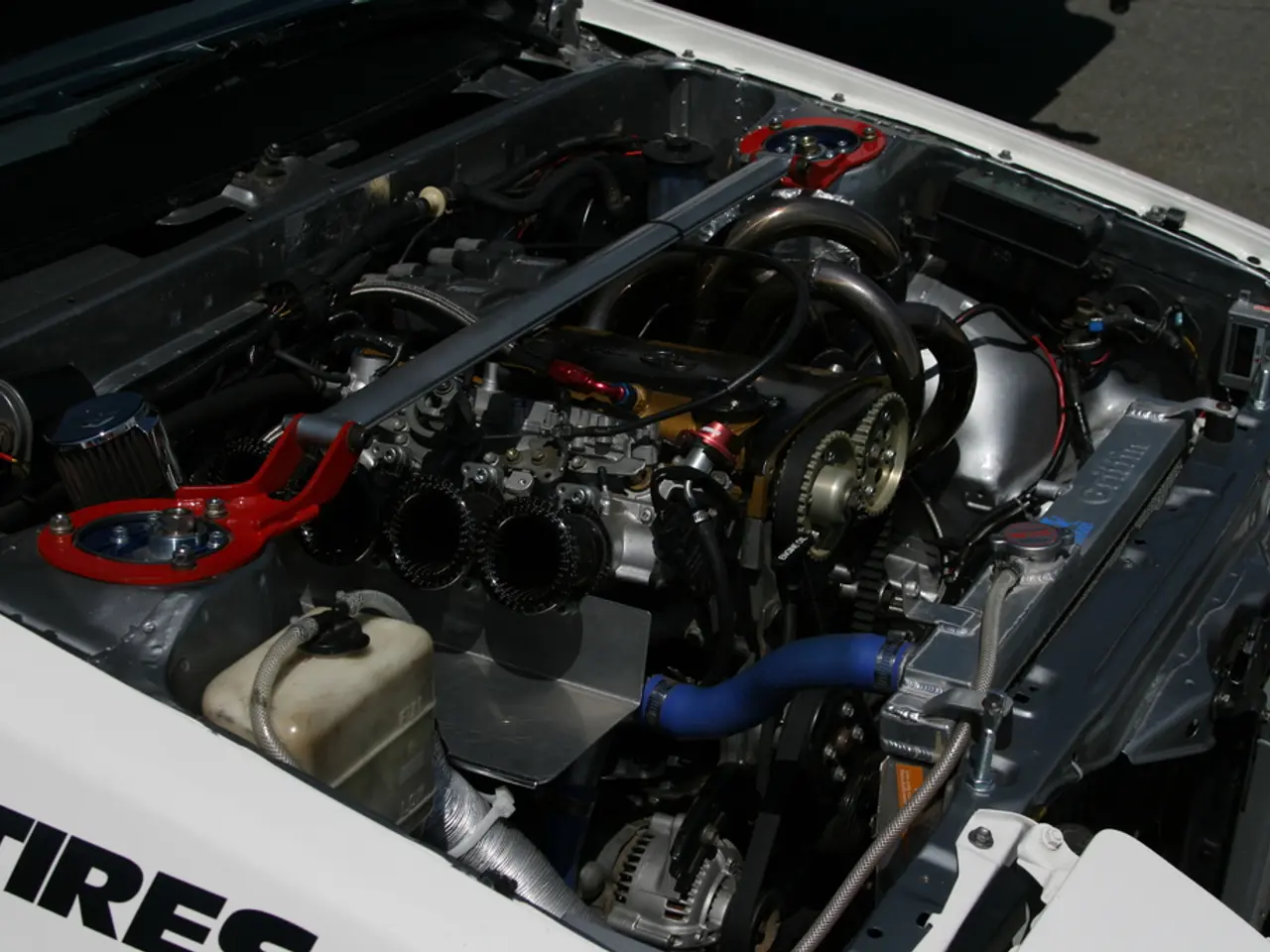Regular Spark Plug Replacement Crucial for Engine Performance and Fuel Efficiency
Regular maintenance of spark plugs is crucial for optimal engine performance and fuel efficiency. These small but vital components ignite the air-fuel mixture in the cylinder, and their replacement is essential to prevent costly damages and environmental impact.
Spark plugs, which generate a spark to ignite the fuel, need to be replaced regularly. Defective plugs can cause misfires, rough engine running, poor starts, and increased fuel consumption. Worn-out plugs can even destroy the catalytic converter, leading to expensive repairs. To avoid these issues, spark plug replacement should be carried out on a cold engine with the ignition off.
The cost of replacing spark plugs varies depending on the car, ranging from 80 to 300 euros. The correct torque for tightening new plugs can be found on the packaging or in the vehicle manual. It's recommended to check and replace spark plugs at least once a year or every 40,000 km, though this interval may vary depending on the make and model of the car. To find suitable spark plugs for a specific car, one can refer to the engine's technical specifications and maintenance plan, which often include part numbers for spark plugs. Spark plugs differ in features such as sealing ring, thread pitch and diameter, length, number and material of electrodes, and heat value.
Regular spark plug replacement is essential for saving costs, protecting the environment, and ensuring smooth engine operation. With proper maintenance, spark plugs can last up to 40,000 km, but this may vary depending on the vehicle. Always consult the vehicle manual for specific maintenance intervals and procedures.
Read also:
- Deepwater Horizon Oil Spill: BP Faces Record-Breaking Settlement - Dubbed 'Largest Environmental Fine Ever Imposed'
- Meta Unveils Ray-Ban AR Display Sunglasses; TikTok Agrees to $200 Million Deal
- Historic downtown temples to receive restoration funds totaling over 25 million pesos
- Cars' Environmental Impact Explained




